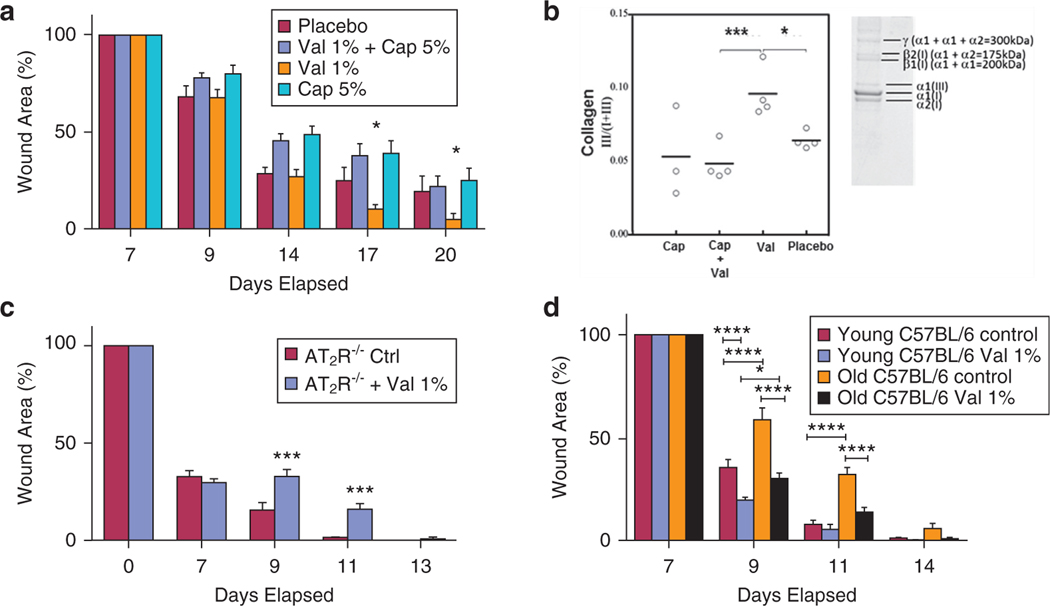Figure 2. Impact of topical ARB and ACEi on wounds of aged, diabetic and AT2R−/− mice.
(a) Comparison between 1% valsartan gel and 5% captopril gel applied starting on seventh day after wounding, demonstrating delayed healing with captopril, n = 7–9 mice per group. (b) Collagen type III/I+III ratio quantification and representative image, n= 3–4miceper group in wounds of Leprdb/J mice treated with valsartan 1% and/or captopril 5%. The highest ratio was found in the wounds treated with valsartan. (c) One percent valsartan gel failed to accelerate wound closure in AT2R−/− mice, n = 5–6 mice per group. (d) Planimetric assessment of the wound closure rate in young (6 weeks old) and aged (104 weeks old) C57BL/6 male mice treated with 1% valsartan gel applied starting on seventh day after wounding, n = 7–10 mice per group. The data are presented as the mean ± standard error of the mean. *P < 0.05, ***P < 0.001. ****P < 0.0001. AT2R−/−, angiotensin II type 2 receptor knockout.

